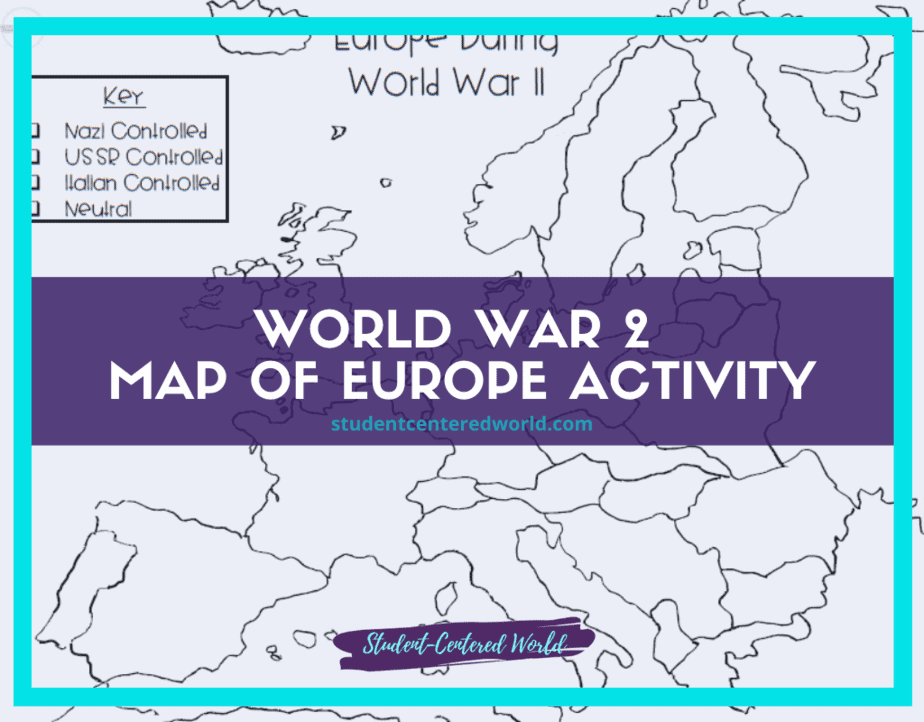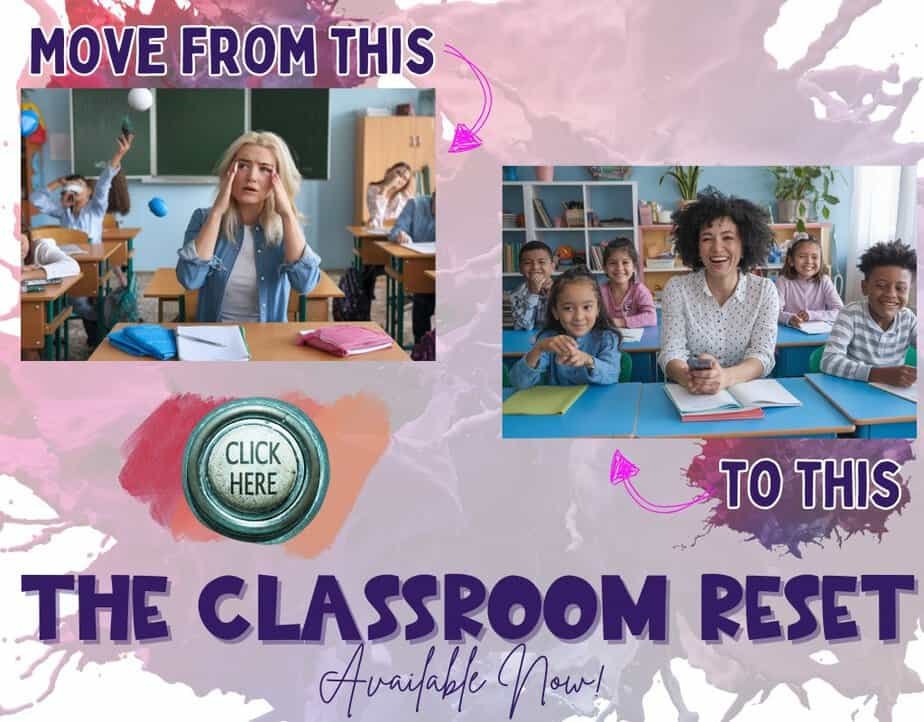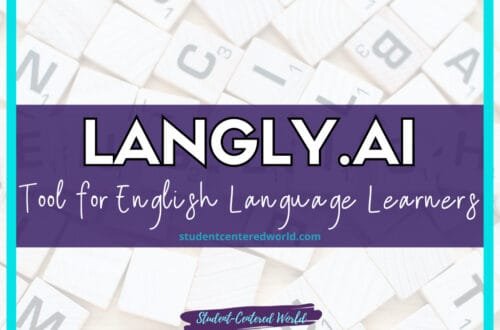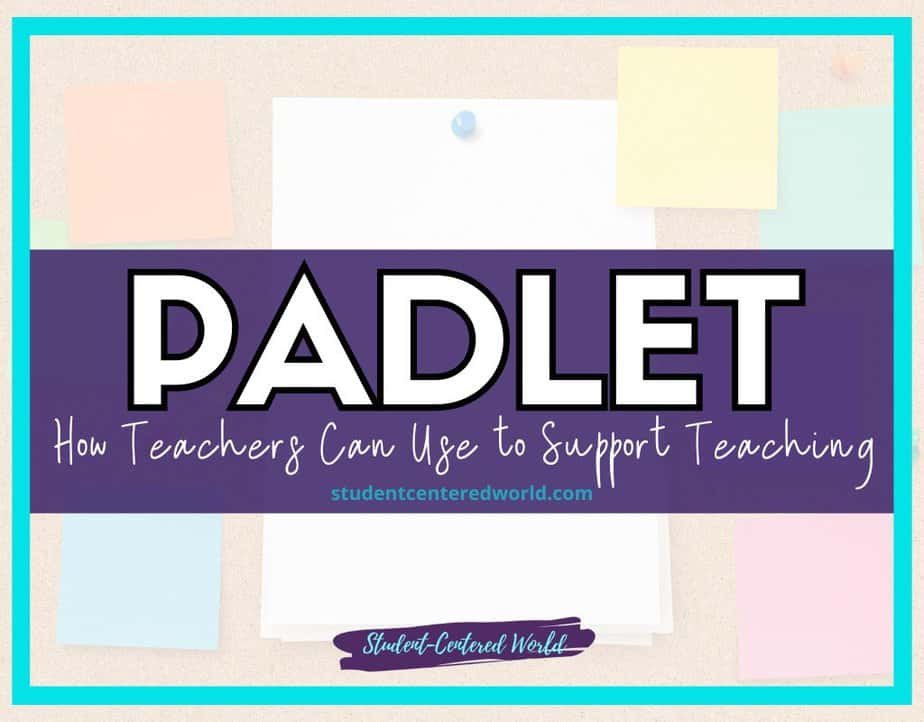Benefits of Educational Technology Integration in Classrooms
Click above to listen to this podcast episode: “The Future of Classroom Technology in the Classroom with Drew Purcell“
Educational technology integration in the classroom has become a cornerstone of modern education, transforming traditional teaching methods and creating new ways to engage students. With the rise of digital tools and educational technology, educators are finding innovative ways to enhance the learning experience, foster student engagement, and achieve academic achievement. This comprehensive guide will delve deeper into the various aspects of classroom technology integration, exploring frameworks, challenges, best practices, and the future of educational technology.
The Role of Technology in Education
Technology tools, such as interactive whiteboards, digital devices, and online platforms, have revolutionized the learning environment. These tools allow students to access educational content at their own pace, collaborate in small groups, and develop critical thinking and problem-solving skills. The use of technology in lesson plans not only supports learning objectives but also prepares students for the digital world by building essential technology skills and digital literacy.
Digital Tools and Their Impact
Digital tools encompass a wide range of technologies, from simple applications like PowerPoint presentations to more complex systems like virtual reality (VR) and online learning management systems (LMS). These tools can be used to create interactive lessons, facilitate group work, and provide students with access to a wealth of online resources.
For example, an interactive whiteboard can transform a traditional lecture into an engaging, multimedia experience, while online platforms can enable students to collaborate on projects in real time, regardless of their physical location.
Enhancing Student Engagement
One of the most significant benefits of technology integration is its ability to enhance student engagement. Digital tools can make learning more interactive and enjoyable, which can lead to increased motivation and better academic outcomes. For instance, gamification—the use of game design elements in non-game contexts—can make learning activities more engaging and rewarding.
Similarly, virtual reality can provide immersive experiences that make complex concepts easier to understand and more memorable.
Frameworks for Effective Technology Integration
To ensure effective technology integration, educators often rely on theoretical frameworks like the SAMR Model (Substitution, Augmentation, Modification, Redefinition) developed by Dr. Ruben Puentedura and the TPACK Framework (Technological Pedagogical Content Knowledge). These models help classroom teachers align technology use with instructional practices and educational goals.
The Technology Integration Matrix and the Triple E Framework also provide additional information on how to incorporate technology in meaningful ways that enhance student learning.
The SAMR Model
The SAMR model is a framework that helps educators understand how to integrate technology into their teaching effectively. It consists of four levels:
- Substitution: Technology acts as a direct substitute, with no functional change. For example, using a word processor instead of a typewriter.
- Augmentation: Technology acts as a direct substitute, but with functional improvements. For example, using a word processor with spell check and grammar check.
- Modification: Technology allows for significant task redesign. For example, using a collaborative online document to allow multiple students to work on the same project simultaneously.
- Redefinition: Technology allows for the creation of new tasks that were previously inconceivable. For example, using virtual reality to take students on a virtual field trip to a historical site.
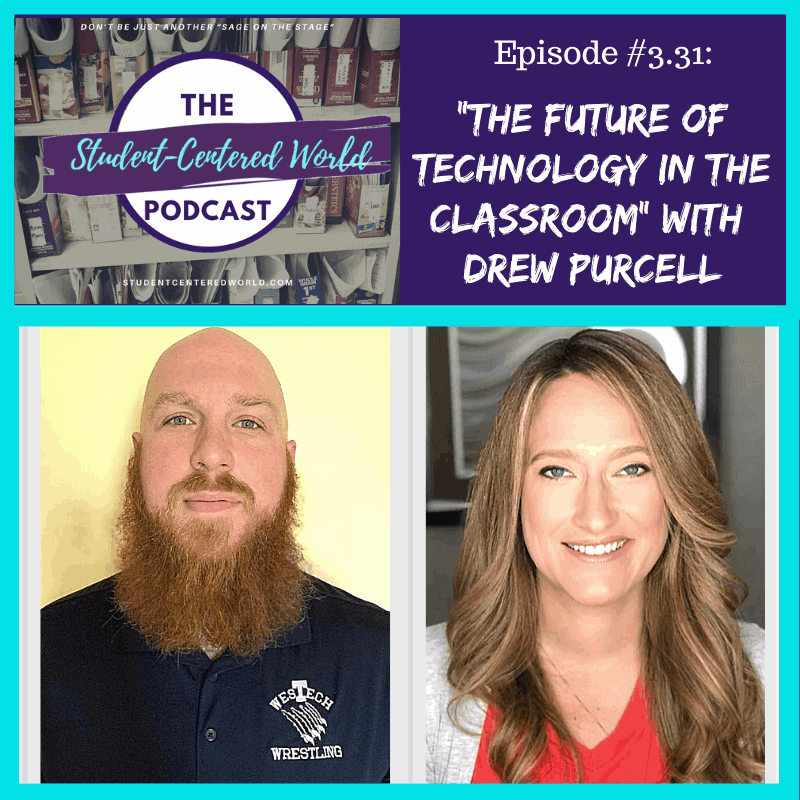
By moving through these levels, educators can transform their teaching methods and create more engaging and effective learning experiences.
The TPACK Framework
The TPACK framework emphasizes the importance of balancing three key areas of knowledge: technological knowledge, pedagogical knowledge, and content knowledge. This framework helps educators understand how to integrate technology in a way that enhances their teaching and supports student learning.
- Technological Knowledge (TK): Understanding how to use technology tools and resources.
- Pedagogical Knowledge (PK): Understanding teaching methods and strategies.
- Content Knowledge (CK): Understanding the subject matter being taught.
By integrating these three areas, educators can create lessons that are not only technologically advanced but also pedagogically sound and content-rich.
The Technology Integration Matrix
The Technology Integration Matrix (TIM) provides a framework for understanding how technology can be integrated into the classroom at different levels. It consists of five levels of technology integration:
- Entry: Teachers use technology to deliver content to students.
- Adoption: Teachers use technology to support traditional teaching methods.
- Adaptation: Teachers use technology to enhance traditional teaching methods.
- Infusion: Teachers use technology to transform teaching methods and create new learning opportunities.
- Transformation: Teachers use technology to create entirely new learning experiences that were not possible before.
By understanding these levels, educators can better plan and implement technology integration in their classrooms.
The Triple E Framework
The Triple E Framework focuses on three key areas: engagement, enhancement, and extension. This framework helps educators evaluate how well technology is being used to support student learning.
- Engagement: Does the technology engage students in the learning process?
- Enhancement: Does the technology enhance the learning experience?
- Extension: Does the technology extend learning beyond the classroom?
By focusing on these three areas, educators can ensure that technology is being used effectively to support student learning.
Addressing Challenges and Equity
While the benefits of technology integration are clear, challenges such as the digital divide and unequal access to digital technologies remain significant barriers. School districts and educational leaders must work to ensure that all students, regardless of grade level or socioeconomic status, have equal access to digital tools and online resources.
This includes providing ongoing support, professional development sessions, and management systems to help teachers and school administrators implement best practices.
The Digital Divide
The digital divide refers to the gap between those who have access to digital technologies and those who do not. This gap can be due to a variety of factors, including socioeconomic status, geographic location, and school funding. To address the digital divide, schools must work to provide equal access to technology for all students.
This may include providing devices for students to use at home, offering internet access to families in need, and ensuring that all students have the necessary technical skills to use digital tools effectively.
Ensuring Equal Access
Ensuring equal access to technology is essential for creating an equitable learning environment. Schools must work to provide all students with the tools and resources they need to succeed. This includes not only providing access to devices and internet but also ensuring that all students have the necessary skills to use these tools effectively.
Professional development sessions for teachers, as well as training for students, can help bridge this gap and ensure that all students have the opportunity to benefit from technology integration.
Enhancing Student Learning with Digital Tools
Digital technologies offer countless opportunities to enhance the learning process. For example, virtual reality can bring history lessons to life, while online research and data analysis tools empower students to explore content areas in depth. PowerPoint presentations, instructional software, and online courses provide additional ways to deliver educational content and track student progress.
Virtual Reality and Immersive Learning
Virtual reality (VR) is one of the most exciting technologies available to educators today. VR can provide immersive learning experiences that make complex concepts easier to understand and more memorable. For example, a history teacher could use VR to take students on a virtual field trip to a historical site, allowing them to explore the site in detail and gain a deeper understanding of the historical context.
Similarly, a science teacher could use VR to take students on a virtual tour of the human body, allowing them to explore different systems and organs in a way that would not be possible with traditional teaching methods.
Online Research and Data Analysis
Online research and data analysis tools can empower students to explore content areas in depth and develop critical thinking and problem-solving skills. For example, students could use online databases to conduct research on a particular topic, analyze the data they collect, and present their findings in a multimedia presentation.
This not only helps students develop important research and analytical skills but also allows them to take ownership of their learning and explore topics that interest them.
PowerPoint Presentations and Instructional Software
PowerPoint presentations and instructional software are valuable tools for delivering educational content and engaging students in the learning process if they are created as more than just a visual note-taking tool. PowerPoint presentations can be used to create visually appealing and interactive lessons, while instructional software can provide students with personalized learning experiences that adapt to their individual needs.
For example, a math teacher could use instructional software to provide students with practice problems that are tailored to their skill level, allowing them to work at their own pace and receive immediate feedback on their progress.
The Importance of Professional Development
For technology integration to succeed, ongoing professional development is essential. Classroom teachers, school leaders, and edtech specialists must stay informed about new technologies and teaching methods. Professional development sessions can help educators develop the technical skills and confidence needed to incorporate technology effectively into their instructional practices.
Professional Development for Teachers
Professional development sessions for teachers can take many forms, from workshops and seminars to online courses and peer mentoring. These sessions should focus on helping teachers develop the skills they need to integrate technology into their teaching effectively. This includes not only technical skills but also pedagogical strategies for using technology to enhance student learning.
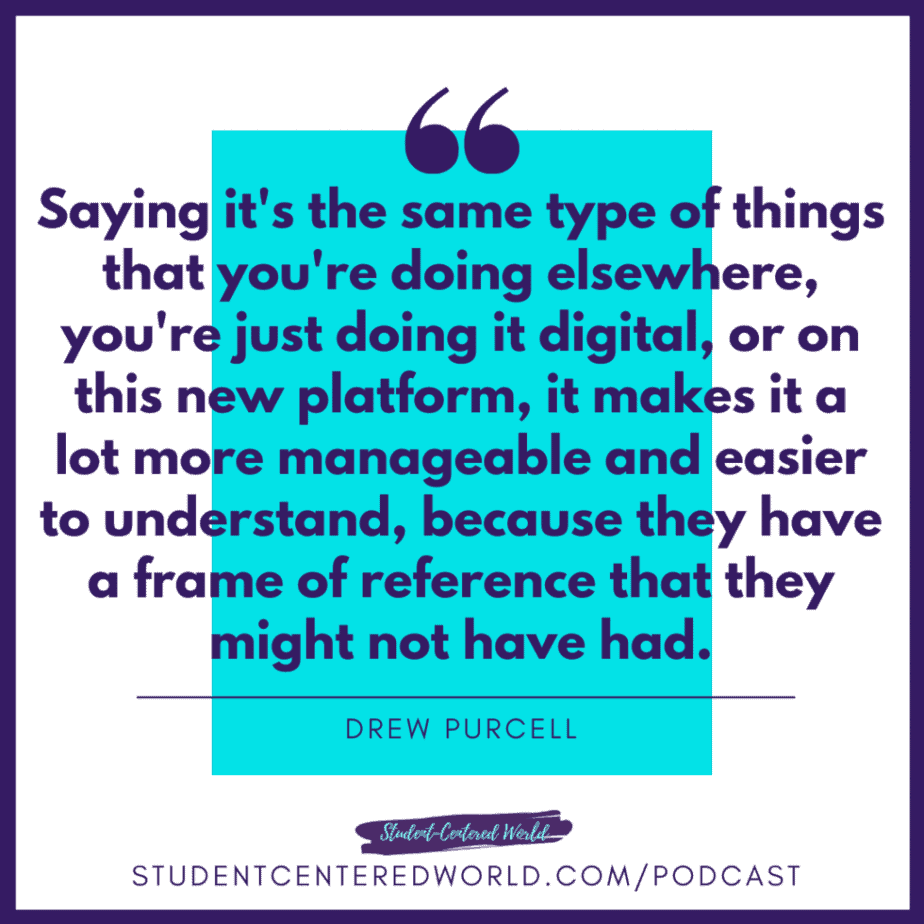
For example, a professional development session might focus on how to use interactive whiteboards to create engaging and interactive lessons, or how to use online platforms to facilitate group work and collaboration.
Professional Development for School Leaders
School leaders also play a critical role in technology integration. They must be knowledgeable about the latest technologies and best practices for integrating technology into the classroom. Professional development sessions for school leaders should focus on helping them develop a clear vision for technology integration and providing them with the tools and resources they need to support teachers in implementing this vision.
This might include training on how to evaluate and select technology tools, how to provide ongoing support for teachers, and how to measure the impact of technology integration on student learning.
Case Studies and Best Practices
Many public schools and school districts have successfully implemented technology integration models that align with their educational goals. For example, a case study might highlight how a history teacher used interactive whiteboards and online platforms to create immersive lessons that boosted student achievement. By sharing best practices and success stories, educators can learn from one another and refine their approaches to tech integration.
Case Study: Interactive Whiteboards in the Classroom
One example of successful technology integration is the use of interactive whiteboards in the classroom. Interactive whiteboards allow teachers to create engaging and interactive lessons that can be tailored to the needs of individual students. For example, a history teacher might use an interactive whiteboard to create a multimedia presentation on a particular historical event, complete with images, videos, and interactive elements.
This not only makes the lesson more engaging but also helps students develop a deeper understanding of the material.
Case Study: Online Platforms for Collaborative Learning
Another example of successful technology integration is the use of online platforms for collaborative learning. Online platforms allow students to work together on projects in real time, regardless of their physical location. For example, a group of students might use an online platform to collaborate on a research project, sharing resources, discussing ideas, and working together to create a final presentation. This not only helps students develop important collaboration and communication skills but also allows them to take ownership of their learning and explore topics that interest them.
The Future of Classroom Technology Integration
As technology continues to evolve, so too will the ways in which it is integrated into the classroom. Emerging technologies such as artificial intelligence (AI), augmented reality (AR), and machine learning (ML) have the potential to further transform the learning experience and create new opportunities for student engagement and achievement.
Artificial Intelligence and Personalized Learning
Artificial intelligence (AI) has the potential to revolutionize education by providing personalized learning experiences for students. AI-powered tools can analyze student data to identify individual learning needs and provide tailored recommendations for improvement. For example, an AI-powered tutoring system might provide students with personalized practice problems based on their skill level, or an AI-powered assessment tool might provide teachers with real-time feedback on student progress.
This not only helps students learn more effectively but also allows teachers to focus their efforts on areas where students need the most support.
Augmented Reality and Immersive Learning
Augmented reality (AR) is another emerging technology with the potential to transform the learning experience. AR overlays digital information onto the physical world, creating immersive learning experiences that can make complex concepts easier to understand. For example, a science teacher might use AR to create an interactive lesson on the solar system, allowing students to explore the planets and their orbits in a way that would not be possible with traditional teaching methods.
Similarly, a history teacher might use AR to create an interactive lesson on ancient civilizations, allowing students to explore historical sites and artifacts in detail.
Machine Learning and Data Analysis
Machine learning (ML) is a subset of AI that focuses on the development of algorithms that can learn from and make predictions based on data. In education, ML can be used to analyze student data and provide insights into student learning and achievement. For example, an ML-powered analytics tool might analyze student performance data to identify trends and patterns, providing teachers with valuable insights into areas where students may need additional support.
This not only helps teachers make more informed decisions about their instruction but also allows them to provide more targeted support to individual students.
Conclusion
The integration of technology in the classroom plays an important role in modern education. By leveraging digital tools, theoretical frameworks, and ongoing support, educators can create a dynamic learning environment that fosters student engagement, critical thinking, and academic achievement. As the education sector continues to evolve, effective technology integration will remain a key factor in preparing students for the challenges and opportunities of the digital world.
By embracing new technologies and adopting a clear vision for their use, school administrators and teachers can ensure that technology enhances the learning experience and supports the educational goals of all students. Through ongoing professional development, collaboration, and a commitment to equity, educators can continue to explore new ways to integrate technology into the classroom and create meaningful learning experiences for all students.
This article was originally published on June 5, 2021.
